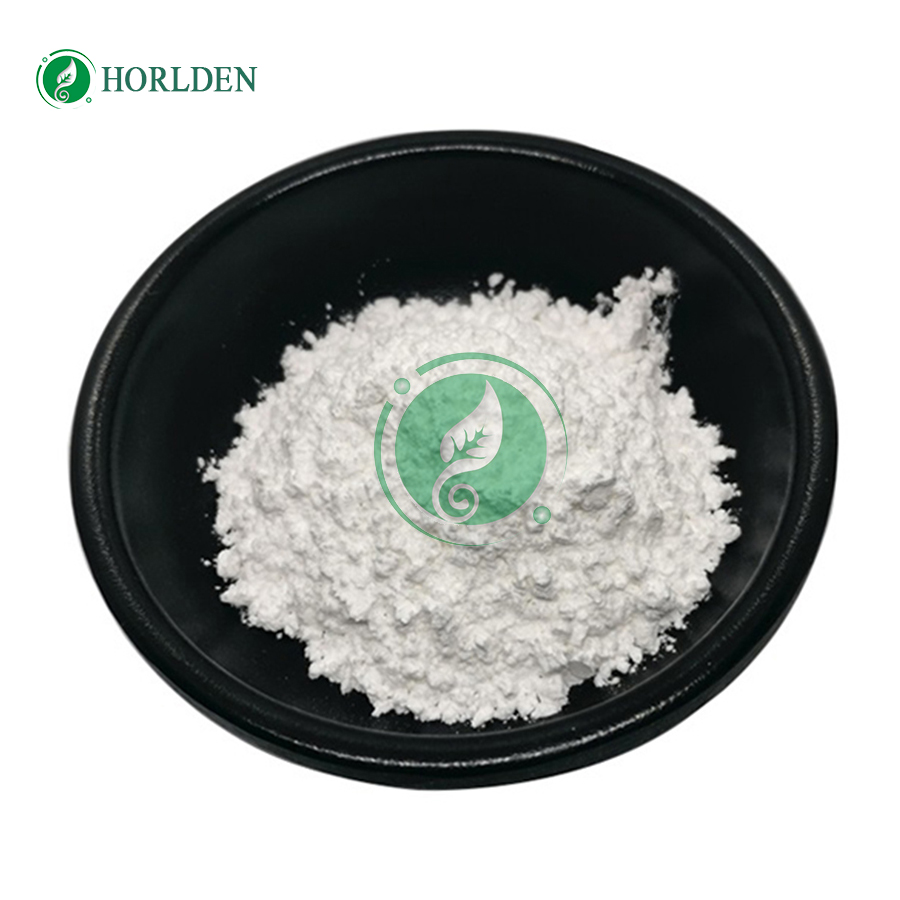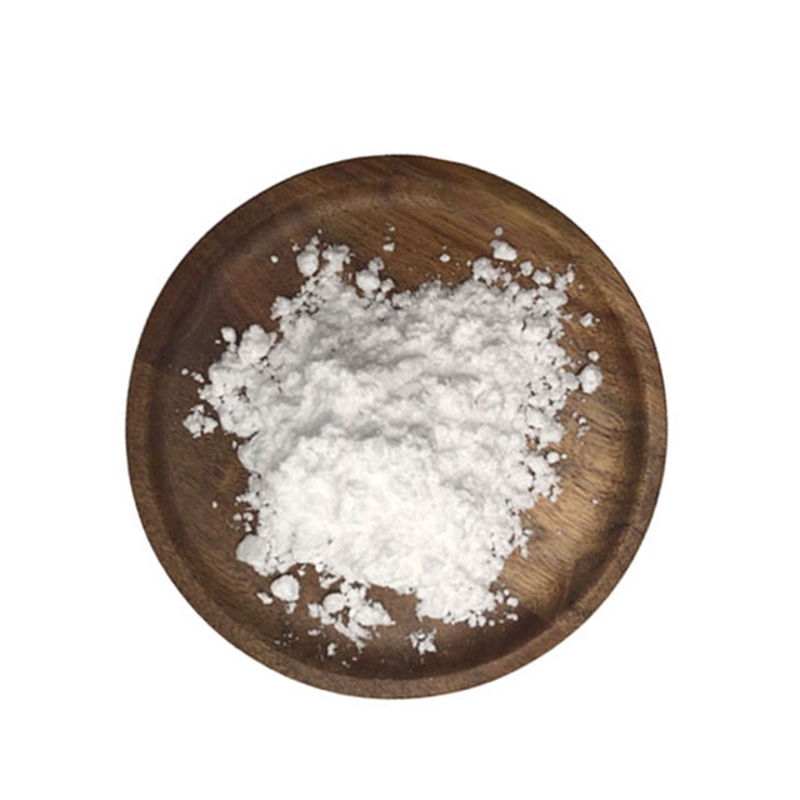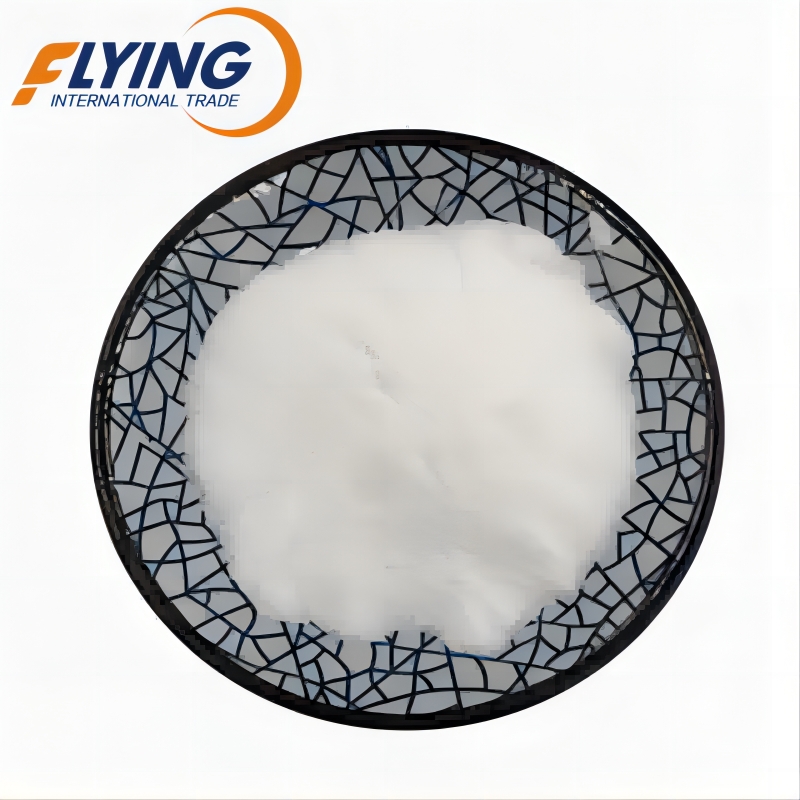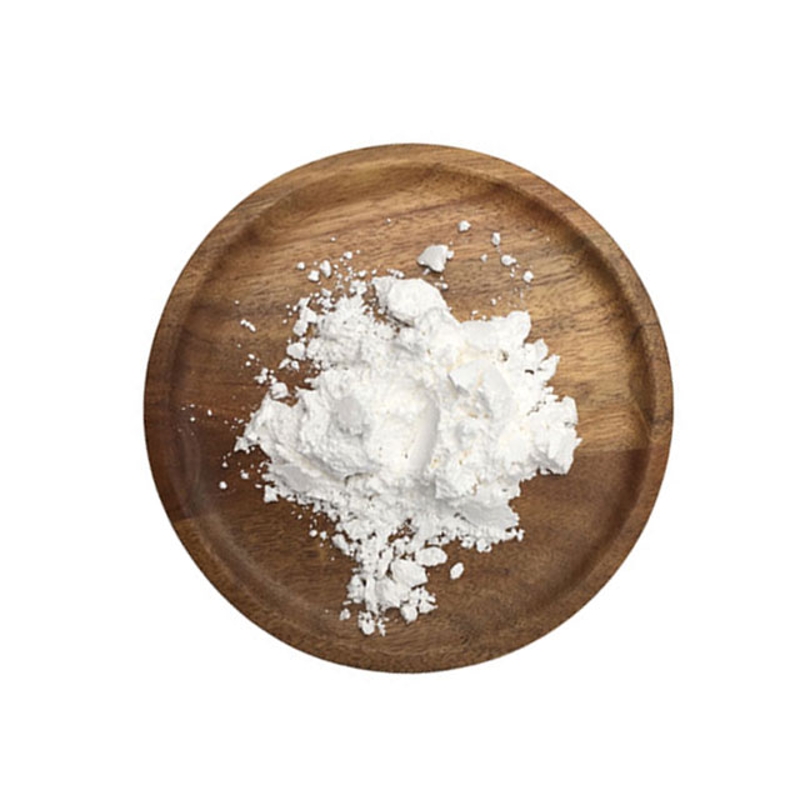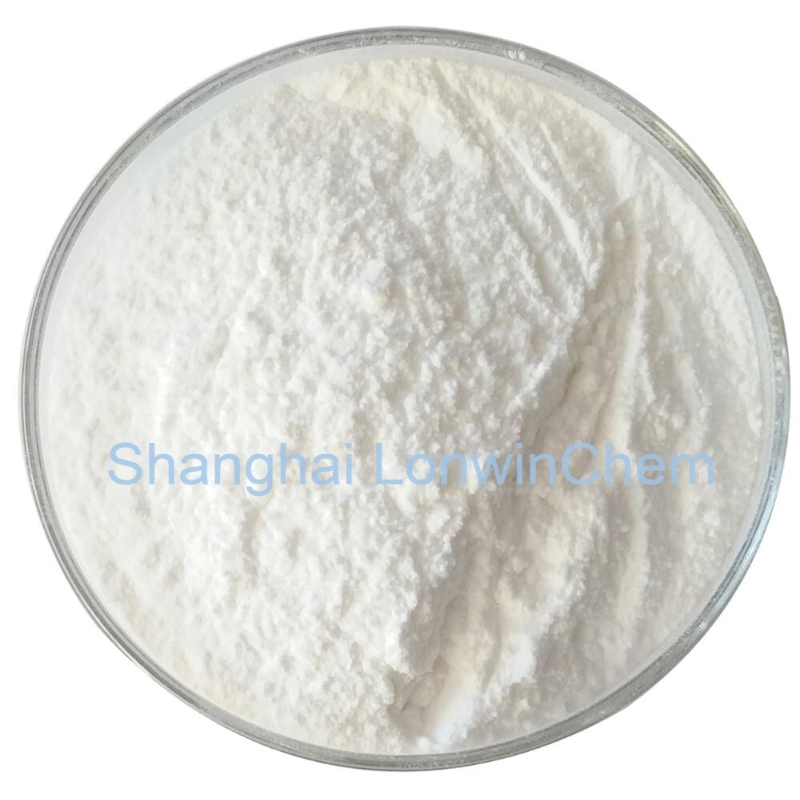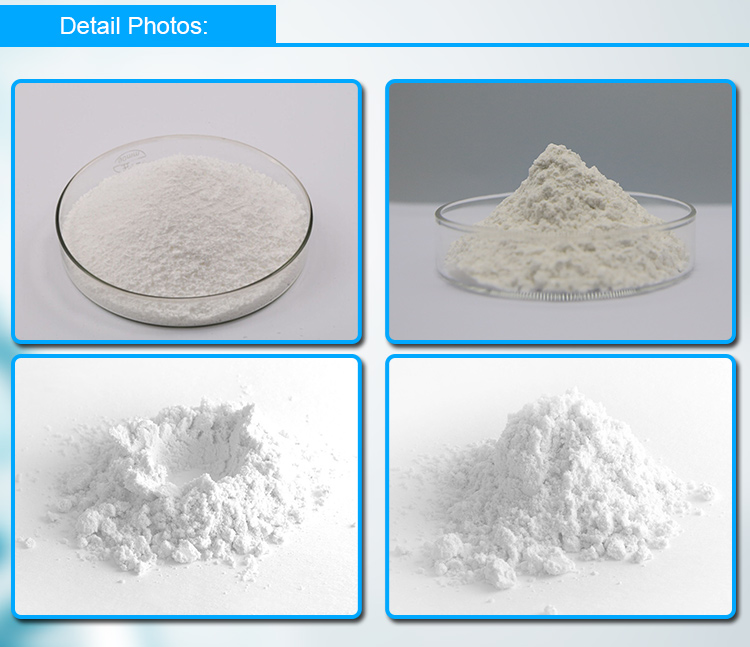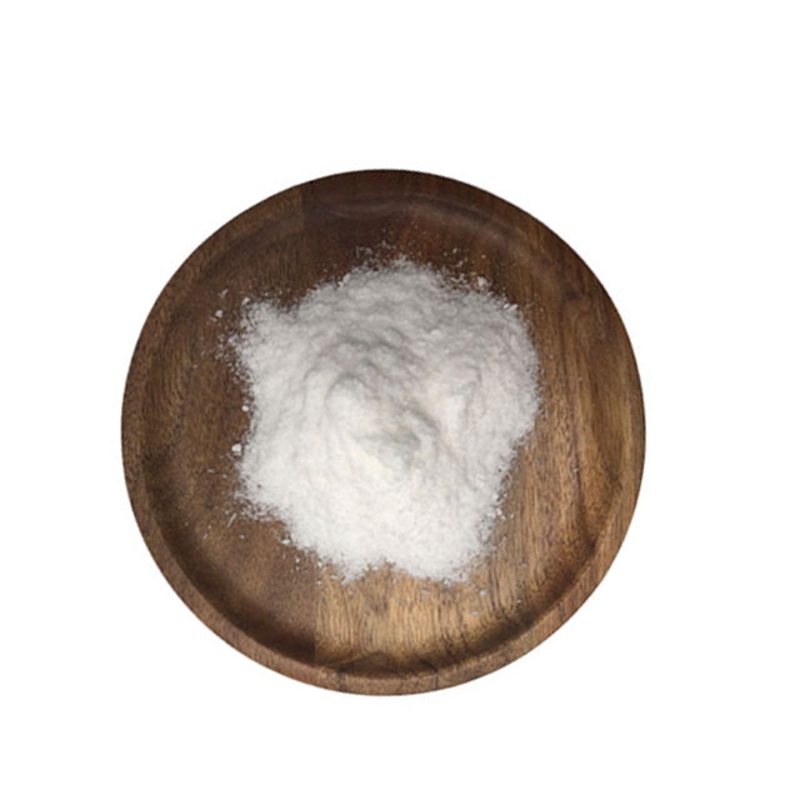Active Pharmaceutical Ingredients
- • Respiratory Drugs (112)
- • Hormones and the Endocrine System (273)
- • Antipyretic Analgesics (165)
- • Antiallergic Drugs (103)
- • Antiparasitic Drugs (127)
- • Antibiotics (530)
- • Antineoplastic Agents (287)
- • Anesthetic Agents (79)
- • Urinary System Drugs (51)
- • Other Chemical Drugs (913)
- • Synthetic Anti-infective Drugs (587)
- • Nervous System Drugs (345)
- • Fluid, Electrolyte, and Acid-base Balance (48)
- • Vitamins and Minerals Medicines (102)
- • Digestive System Drugs (194)
- • Blood System Drugs (85)
- • Circulatory System Drugs (410)
- • Diagnostic Agents (58)
- • Specialty Drugs (108)
- • Drug Metabolism (22)
- • Feed Additive (21)
- • Anti-stress Drugs (1)
- • Drugs Influencing Immune Function (14)
- • Veterinary Raw Materials (23)
- • Inhibitor Drugs (65)
Related News
-
At the API China 2024 Spectacle: A Grand Recap!
2024-10-18 -
The 89th API China & The 27th CHINA-PHARM Exhibition Opened
2024-06-05 -
Overview of China's API industry in 2023
2023-02-01 -
Global Analysis of Active Pharmaceutical Ingredient (API)
2023-01-28 -
Professional and technical dry goods: a brief discussion on the selection of starting materials for chemical synthesis APIs
2022-11-18 -
In 2021, India's Ibuprofen API Export Volume and Price will Fall
2022-06-20
Sort Synthetic Anti-infective Drugs Alphabetically
Synthetic Anti-infective Drugs
Get Synthetic Anti-infective Drugs Raw Materials by RegionTerbinafine
(91161-71-6)-
Pharmacy Grade/ Chemical Grade / 99%
-
Pharmacy Grade / 99%
-
Pharmacy Grade / 99%
-
Pharma / 99%
Levofloxacin
(100986-85-4)-
Pharmacy Grade / 99%
-
Pharmaceutical grade / 99%
-
Pharmaceutical Grade / 99%
$100/KG EXW
-
Pharmacy Grade / 99.9%
Request for quotation , get quotes from more suppliers.
Chromic acid (H2CrO4)
(7738-94-5)-
Pharmacy Grade / 99%
-
Chemical Grade / 99%
$200-220/MT FOB
-
Industrial Grade / 99%
$1550-1780/MT FOB
-
- / 98%
$2000-2200/MT FOB
Request for quotation , get quotes from more suppliers.
Ethylene oxide
(75-21-8)-
Pharmaceutical Grade / 99%
-
Pharmacy Grade / 99%
-
Industrial Grade / 99%
-
2-Mercaptobenzimidazole
(583-39-1)-
pharmaceutical grade / 98%
-
Pharma Grade / 98%
-
Pharmacy Grade / -
-
Pharma Grade / 95%
Request for quotation , get quotes from more suppliers.
Tenofovir
(147127-20-6)-
Industrial Grade,Pharma Grade / -
-
Pharmacy Grade / 99%
-
Pharmacy Grade / 99%
-
Pharmaceutical Grade / 99%
$100/KG EXW
Request for quotation , get quotes from more suppliers.
Entecavir
(142217-69-4)-
Pharmacy Grade / 99%
-
Pharmacy Grade / 99%
-
Pharmaceutical Grade / 99%
$100/KG EXW
-
Pharmacy Grade / 99%
Request for quotation , get quotes from more suppliers.
Sulfanilamide
(63-74-1)-
Pharmacy Grade / 99%
-
Pharmacy Grade / 99%
-
![Sulfanilamide buy Sulfanilamide]()
Industrial Grade / pharmaceutical grade / 99%
-
Industrial Grade / 99%
Request for quotation , get quotes from more suppliers.
Moxifloxacin
(151096-09-2)acquired pneumonia
Acute bacterial sinusitis
Treatment of complicated skin and soft-tissue infections caused by methicillin-susceptible Staph. aureus and Gram-negative rods (i.v. formulation)
Treatment of complicated intra-abdominal infections (i.v. formulation)Moxifl
-
Pharmacy Grade / 99%
-
Pharmaceutical Grade / 99%
$100/KG EXW
-
Pharmacy Grade / 99%
-
![1-Cyclopropyl-6,7-difluoro-1,4-dihydro-8-methoxy-4-oxo-3-quinolinecarboxylic acid buy 1-Cyclopropyl-6,7-difluoro-1,4-dihydro-8-methoxy-4-oxo-3-quinolinecarboxylic acid]()
Industrial Grade / pharmaceutical grade / 99%
Request for quotation , get quotes from more suppliers.
-
Pharmaceutical Grade / 99%
$100/KG EXW
-
Pharmacy Grade / 99%
-
Industrial Grade / -
-
- / 99.00%
Request for quotation , get quotes from more suppliers.







